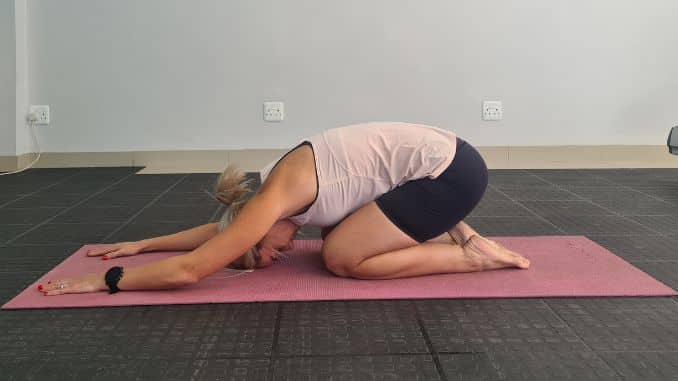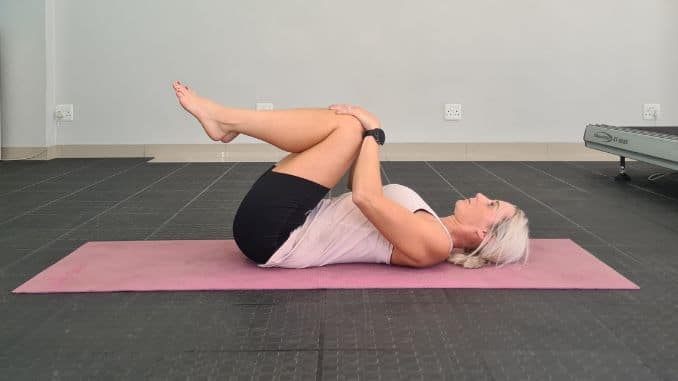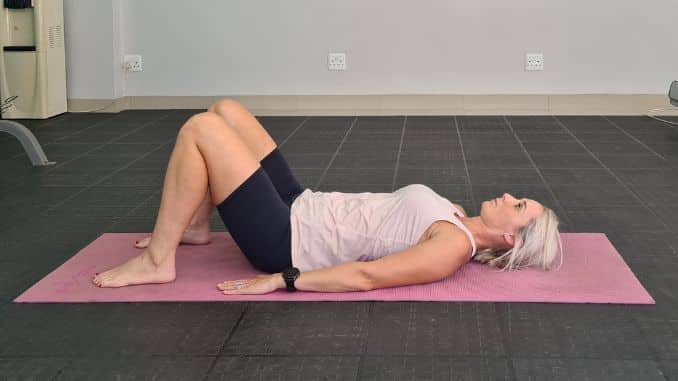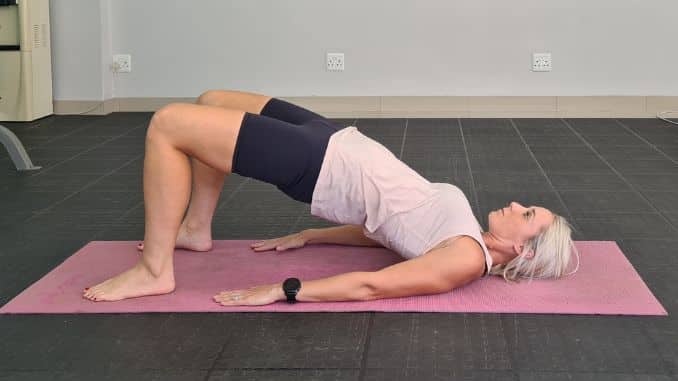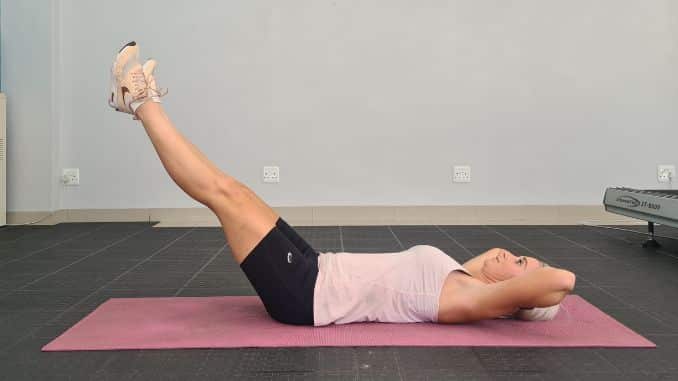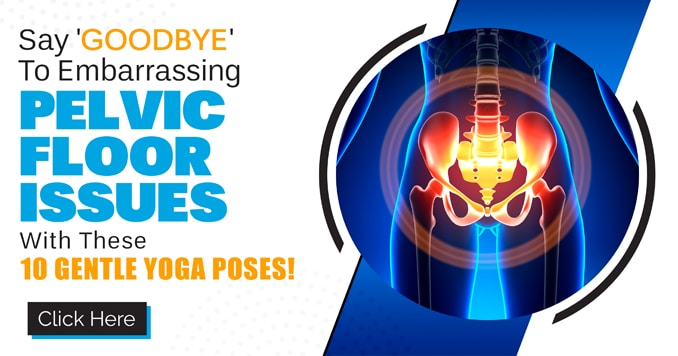Pain that is felt below your tummy or belly and just above your legs is called pelvic pain. Both men and women can experience it, and it can result from various conditions and injuries. The pelvis is an important part of the body because it houses different organs like your bowel, bladder, uterus (womb), ovaries, and fallopian tubes in women. Problems with the skin, muscles, nerves, or organs can cause pelvic pain. But sometimes, it is a result of one or more conditions. It is important to know what causes pelvic pain to treat it earlier with Pelvic Pain Exercises.
Causes Of Pelvic Pain
Below are some causes of pelvic pain and how to differentiate them from one another;
1. Period Pain
Period pain is the most common cause of pelvic pain among women. This pain occurs when the uterus muscles (womb) tighten or contract. Pelvic pain caused by menstrual periods will feel like cramping or heaviness in the pelvic area, lower back, and stomach. This is normal for the first 2-3 days of having a menstrual period. However, it lasts over 5 days and doesn’t improve with medications and other remedies. In that case, you should seek medical consultation as it may be a more serious condition such as endometriosis.
2. Endometriosis
Endometriosis is a condition that affects the female reproductive organs; one of its symptoms includes pelvic pain. In this condition, cells that line the uterus, called endometrium, grow in other parts of the body, specifically in the pelvic area, such as the peritoneum (lining of the pelvis), ovaries, bladder, or on the bowel. Since they are the same cells as those inside the uterus, they undergo the same menstrual changes during periods.
The difference is that they have no means to exit the body, and as a result, they build up in the area. This causes pain, scarring, and inflammation too. In addition to pain in the pelvis, you may feel pain in the abdomen and back during urination or bowel movements or when ovulating.
3. Irritable Bowel Syndrome (IBS)
Irritable bowel syndrome or IBS refers to when the muscle wall of the bowel becomes sensitive and contracts unevenly, resulting in pelvic pain and bloating. The cause of this is still unknown. This usually improves after passing wind or stool. Avoiding potential food triggers and reducing stress can also reduce the likelihood of experiencing IBS.
4. Pelvic Muscle Pain
Muscles in the pelvis can tighten and contract, which can cause muscle pain. Pain associated with this can come and go or can be constant too. Pain from this will feel like an ongoing cramp in your pelvic area; it can also be sharp or stabbing pain and shooting pain up the vagina or rectum. This pain may worsen with exercises such as core strengthening, pilates, sit-ups, and crunches. However, Pelvic Pain Exercises can help.
4. Urinary Tract Infections (UTIs)
Urinary tract infections (UTIs) are a common cause of pelvic pain. Aside from this, you can also feel a burning sensation when you urinate, an urge to urinate frequently, and a full feeling in your bladder. Bacteria can infect any organ of the urinary tract, such as the kidneys, bladder, and urethra, causing urinary tract infections.
5. Pelvic Support Problems
The pelvic muscles and ligaments that hold your bladder, uterus, and rectum in place may be stretched and become loose. This causes your organs to slip out of place. One common example is when your bladder moves down towards your vagina. This causes pelvic pain and difficulty holding your urine. This most especially happens when pregnant, so you need some workouts to avoid it.
There are other causes of pelvic pain. However, these are just the most common ones. It is always better to consult a doctor to check for the root cause of it so appropriate treatment plans may be executed.
Pelvic Pain Treatments
Treatments for pelvic pain depend on the cause, intensity, and frequency of pain.
However, it includes the following:
-
Medications
Drugs such as antibiotics can be recommended to treat infections that cause pelvic pain. However, taking antibiotics have strict precautions such as avoiding some foods when taking antibiotics.
-
Surgery
If problems within the pelvic organs are the cause, surgery and other procedures may be recommended.
-
Physical Therapy
Your doctor may recommend physical therapy to reduce pelvic pain.
-
Others
Your healthcare provider can recommend more treatment options depending on your case.
Pelvic Pain Exercises
1. Kegel Exercise
Kegel exercise is the most appropriate exercise to keep your pelvic floor healthy and avoid pain. You can do Kegels standing, sitting, or lying down but lying down on your back is the most desirable position.
To do this:
Feel your pelvic floor muscles in and around your urethra, vagina, and anus. Squeeze and lift your pelvic floor openings inwards. Keep squeezing and lifting your pelvic openings for up to 10 seconds. Breathe normally throughout your pelvic floor exercise. Slowly release your pelvic floor muscle muscles back to resting. Relax your pelvic floor muscles by breathing into your belly for up to 2 minutes
2. Child’s Pose
Sit on the floor with your knees slightly wider than hip-width apart and feet tucked under your buttocks. Lean forward while extending your arms in front of you with your palms facing down until your forehead touches the floor. Hold this position for several full breaths. Return to the starting position.
3. Knee To Chest
For this Pelvic Pain Exercise, lie on your back, pull your knees towards your chest, and place your hands around your shins as if you are hugging them. Gently pull your knees closer to your chest. Hold this position for 30 seconds, then return to the starting position. Complete 10 repetitions, 1 set.
4. Pelvic Tilt
Lie on your back with your knees bent and feet flat on the floor. Relax and allow a slight curve to the spine. Raise your buttocks off the floor until your hips and knees are aligned. Hold this position for 7 seconds. Return to the starting position. Complete 10 repetitions, 1 set.
5. Standard Double-Leg Raises
If a standard double-leg Pelvic Pain Exercise causes too much pain or strain, perform a modified double-leg raise, where only one leg is raised while the head and the shoulder are kept in constant contact with the floor. By doing so, you will achieve the benefits of the exercise activity while at the same time helping to avoid pelvic strain. The exercise should be repeated ten times with each leg, ensuring the correct breathing technique.
Outlook
Pelvic pain can sometimes be treated with medications, surgery, and physical therapy. However, treatments depend on what causes it and its severity. Consulting a doctor is the best course of action if it isn’t resolved with at-home exercises and remedies to strengthen your pelvic floor. They can provide more information and various treatments for pelvic pain.
Day-to-day life with weak pelvic floor muscles can be a challenge. But there is good news! There is finally an easy, safe program designed to gently strengthen your pelvic floor muscles from the comfort of your home. Try our 10 Gentle Yoga Poses for a Strong Pelvic Floor!




